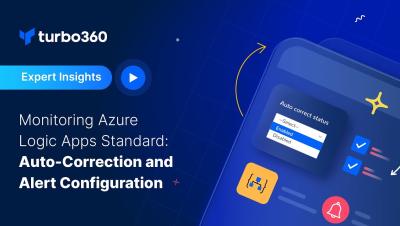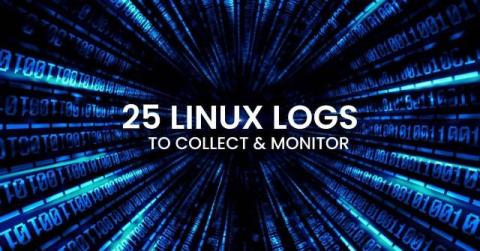Troubleshooting Errors and Performance Issues in Laravel
In a perfect world, there wouldn’t be any errors or bugs in production applications. However, we don’t live in a perfect world, and from experience, you know there is no such thing as a bug-free application. If you are using the Laravel framework, you can leverage its log tracking and error logging to catch bugs early and enhance the performance of your Laravel-based application.











